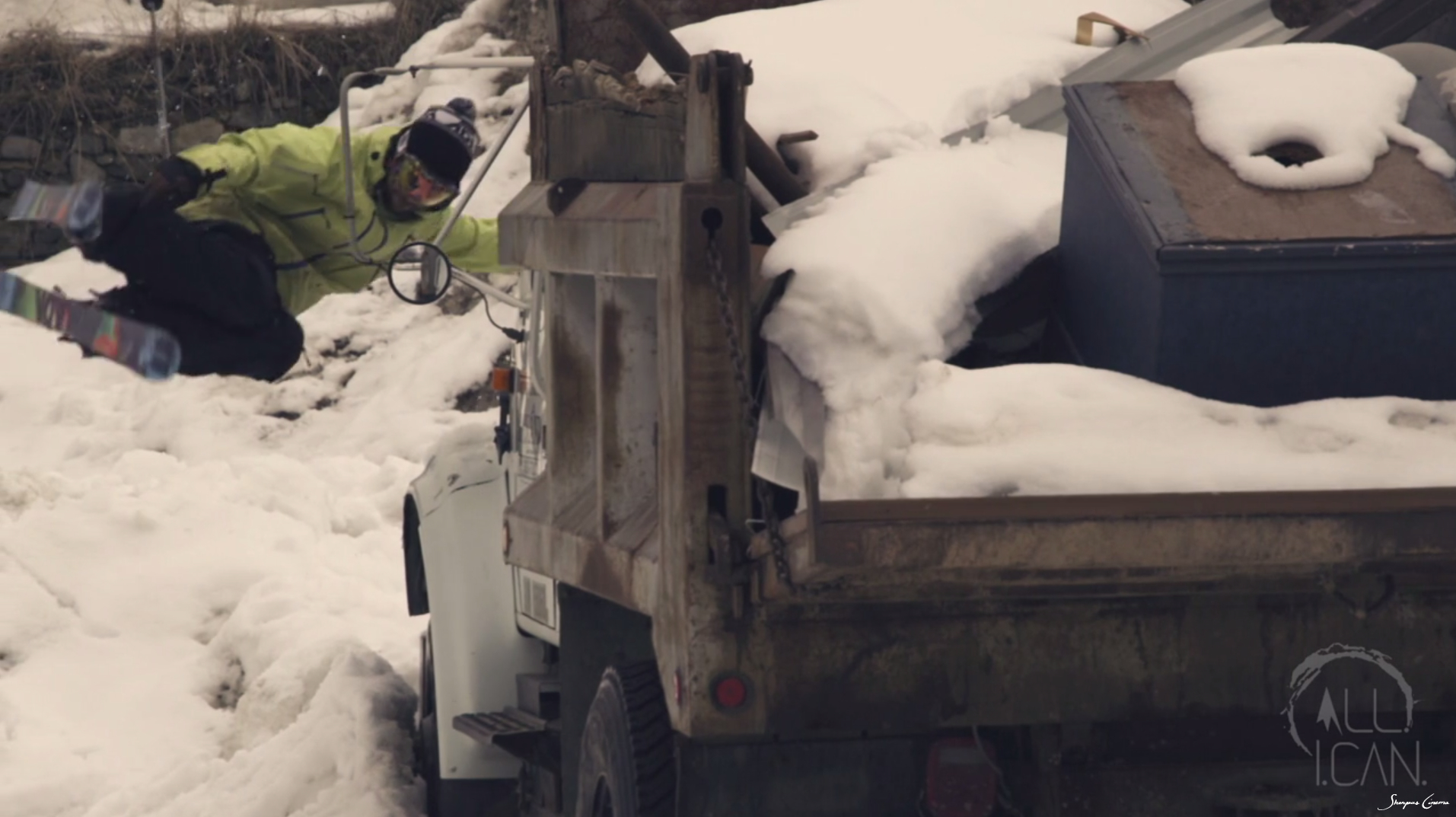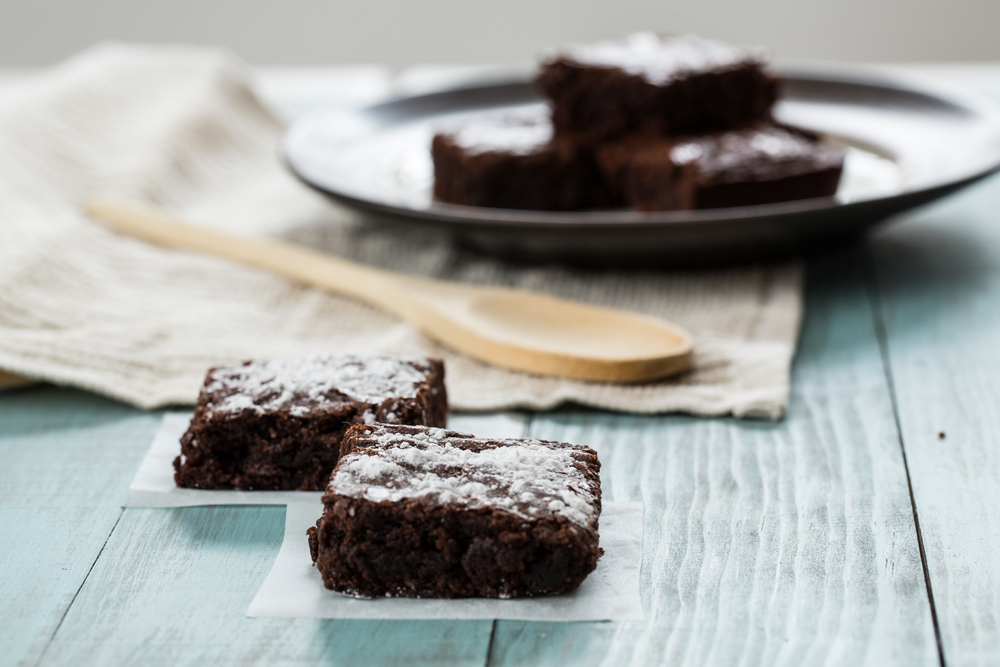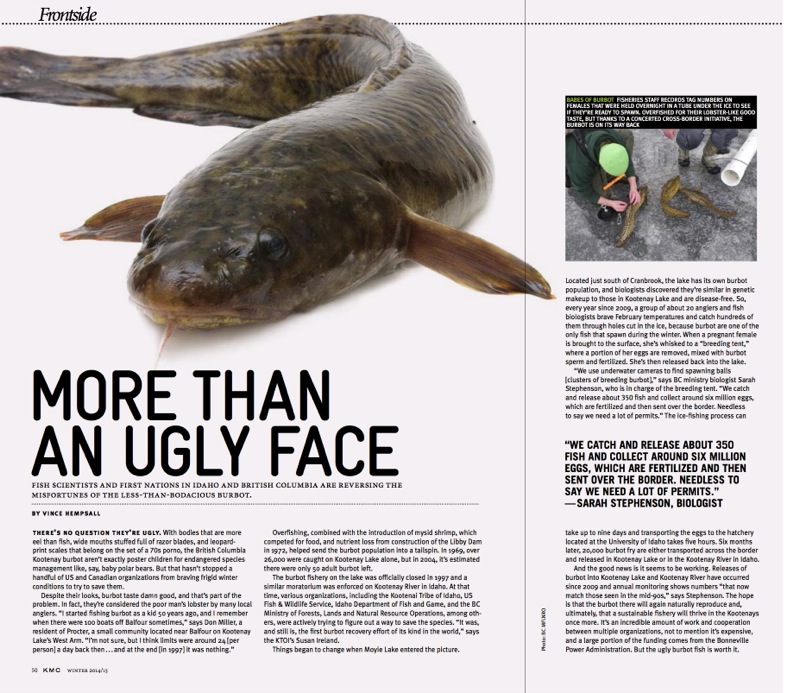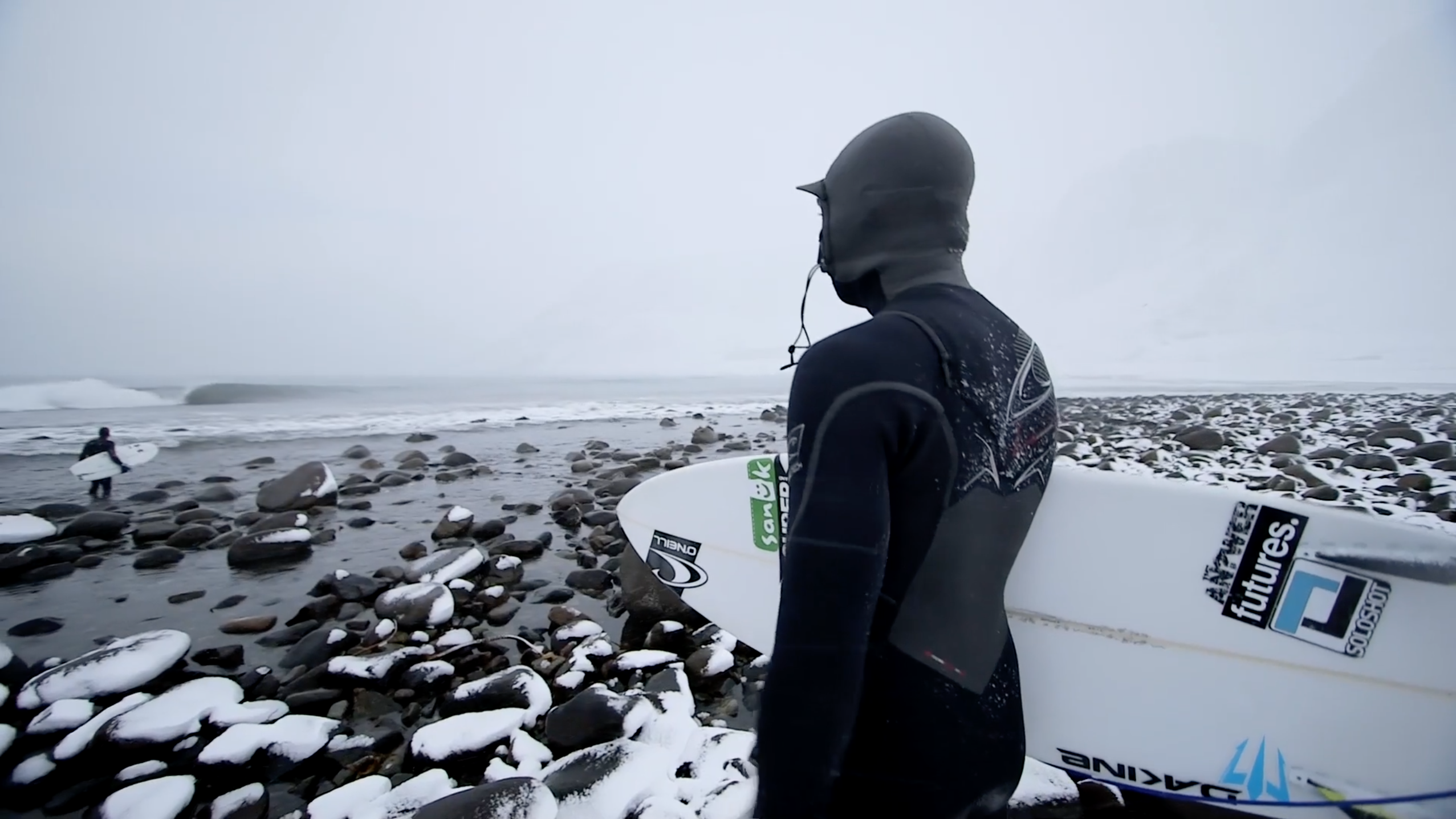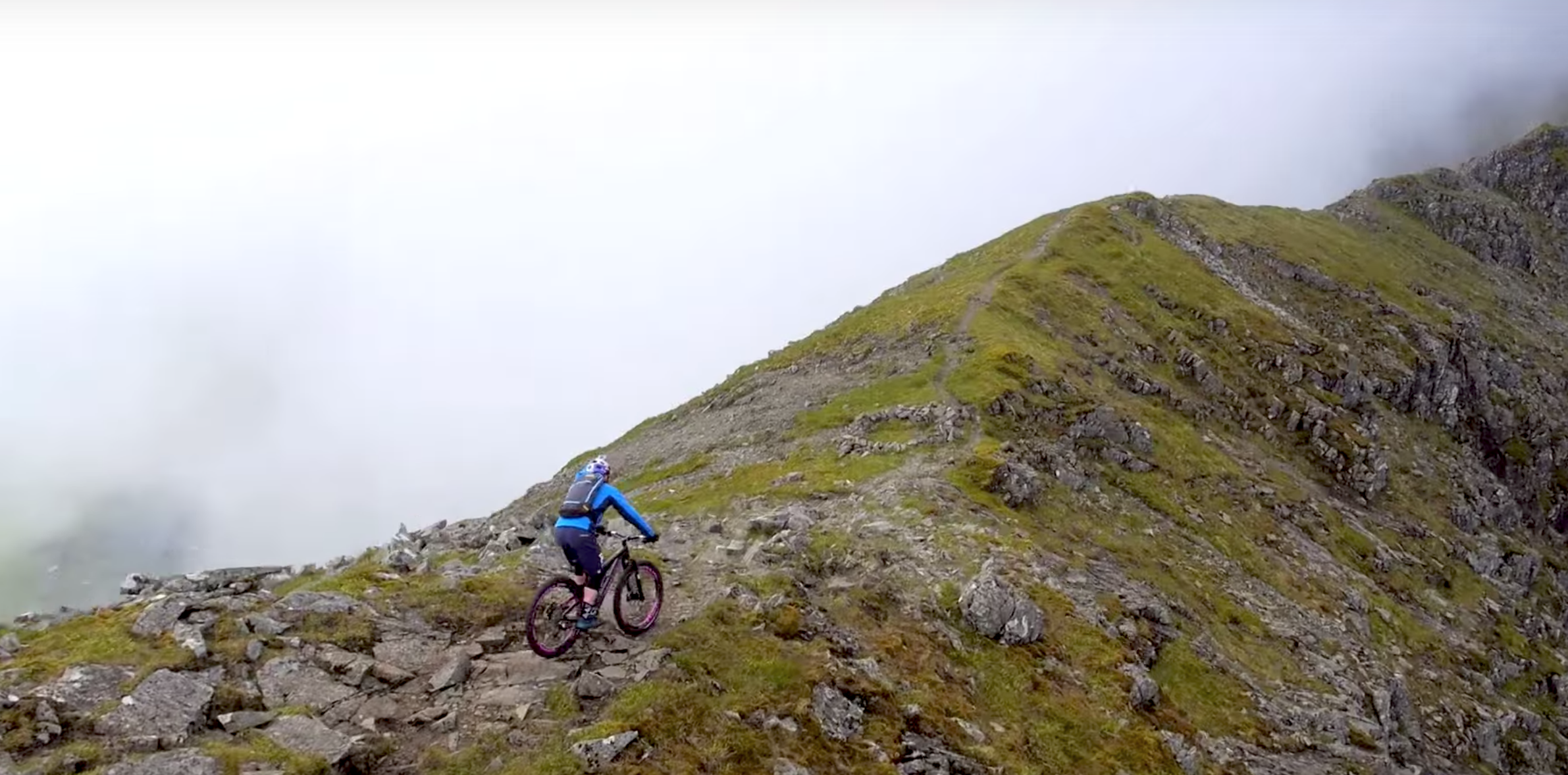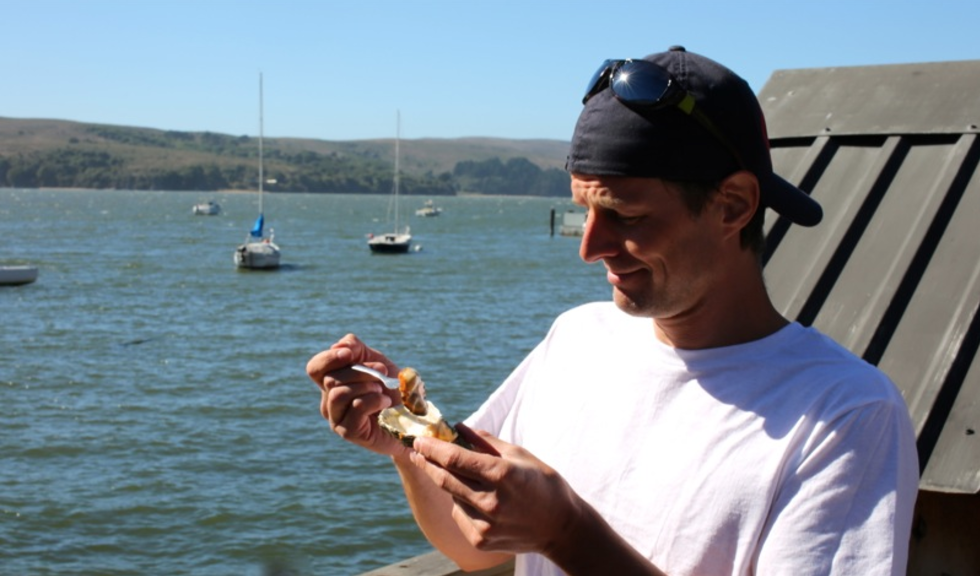
Think of the last really good party you went to. No doubt there were fun people there talking about cool things that appealed to your interests right? Maybe there was some good tunes playing in the background and people were sharing stories or photos or videos of memorable things. There could have been some good food, or games, or gifts or intoxicants of every shape and colour or maybe there was just a few fun, sober people laughing about life.
Whatever the situation, there were definitely two things that were a part of that perfect party: stimulation and information.
This is important to remember when we’re navigating social media because all too often we get caught up in the myriad of programs or interfaces out there and we forget the “social” part of it all. Facebook. Twitter. YouTube. They’re all just parties where people gather to socialize and share information.
With that in mind, let’s discuss just one of the “parties” on the internet – Twitter. Imagine Twitter as this giant building where there are an infinite number of parties going on in different rooms. In most instances you’ll be drawn to rooms where things that you’re interested in are going on. But there are a lot of rooms and you only have so much time to party. So where are you going to direct your attention? Here are five quick tips to remember when crafting conversation starters (or “tweets”) that will stimulate party-goers and encourage them to share your information.
#1. You Ain’t Usher. Know Your Audience
This is the most important rule for any journalist, novelist, producer and, yes, tweeter. Unless you are Usher (and you’re not, ‘cause you’ve got class – we can tell because you’re reading this) your audience is not the entire world. Figure out who you want to attend your “party” and then target your messaging to them.
#2. “Hey you…”
So you’ve figured out who you want to party with but how to get them to pay attention? Here’s a good rule of thumb: A Tweet is like a “Hey….” spoken across a room full of people. For example: “Check out these photos of Usher’s bodyguard pushing me down” or “Here are five easy ways to improve your tweets.” If you’re going to take the time to put a message out there, make it a good one that will catch people’s interest and encourage them to watch/listen/follow up with you. An easy way to ensure those people you want to interact with are getting your message is to use their Twitter handle (@Usher) or hashtag a topic that resonates with them, such as “#musicbiz”.
#3. Never be boring
This is a party so don’t bore your guests. We’re human beings so don’t be afraid to inject some humanity into your tweets. Consider the difference between these two announcements: “Check out the new mural we just painted in our office” versus “We trusted a 9-year-old to be the art director of a giant mural in our office. Check it out.” The latter one appeals to the human in us all. Most tweets should do that. Sure, my professional self may be interested in your company’s profit-sharing strategy but after a while my personal self is going to be looking for something more, something deeper, something human.
#4. Encourage discussion
Nothing’s worse than going to a party where people just talk about themselves. In the Twitter world, that means every one of your tweets should have room for others to retweet. The ideal number of characters for a tweet is 120, which allows another person to inject their own 20 characters when they retweet it. Likewise, consider regularly crafting your tweets into the forms of questions to encourage discussion. “Do you agree that Usher should not read this post about crafting the perfect tweet?” is far more enticing than just “How to craft the perfect tweet.”
#5. Party on. And on
Actually, there is one thing worse than people just talking about themselves at a party: people not talking at all. Awkward silences definitely kill a good party vibe. Therefore, keep the conversation going by ensuring you’re regularly putting tweets out there. Some would argue that one tweet an hour, during business hours, is a perfect number. If you’re new to Twitter, this could be a bit intimidating but consider the fact that there are limitless parties going on with millions of people sharing there “Hey’s.” If you clam up for too long, you’ll be relegated to wallflower status in no time.
And so there you have it: five tips to help you be the life of the Twitter party. The most important thing to remember is Twitter is supposed to be fun. If you treat it too much like work, your party is going to get stale. And then there’ll be no chance Usher will ever show.
